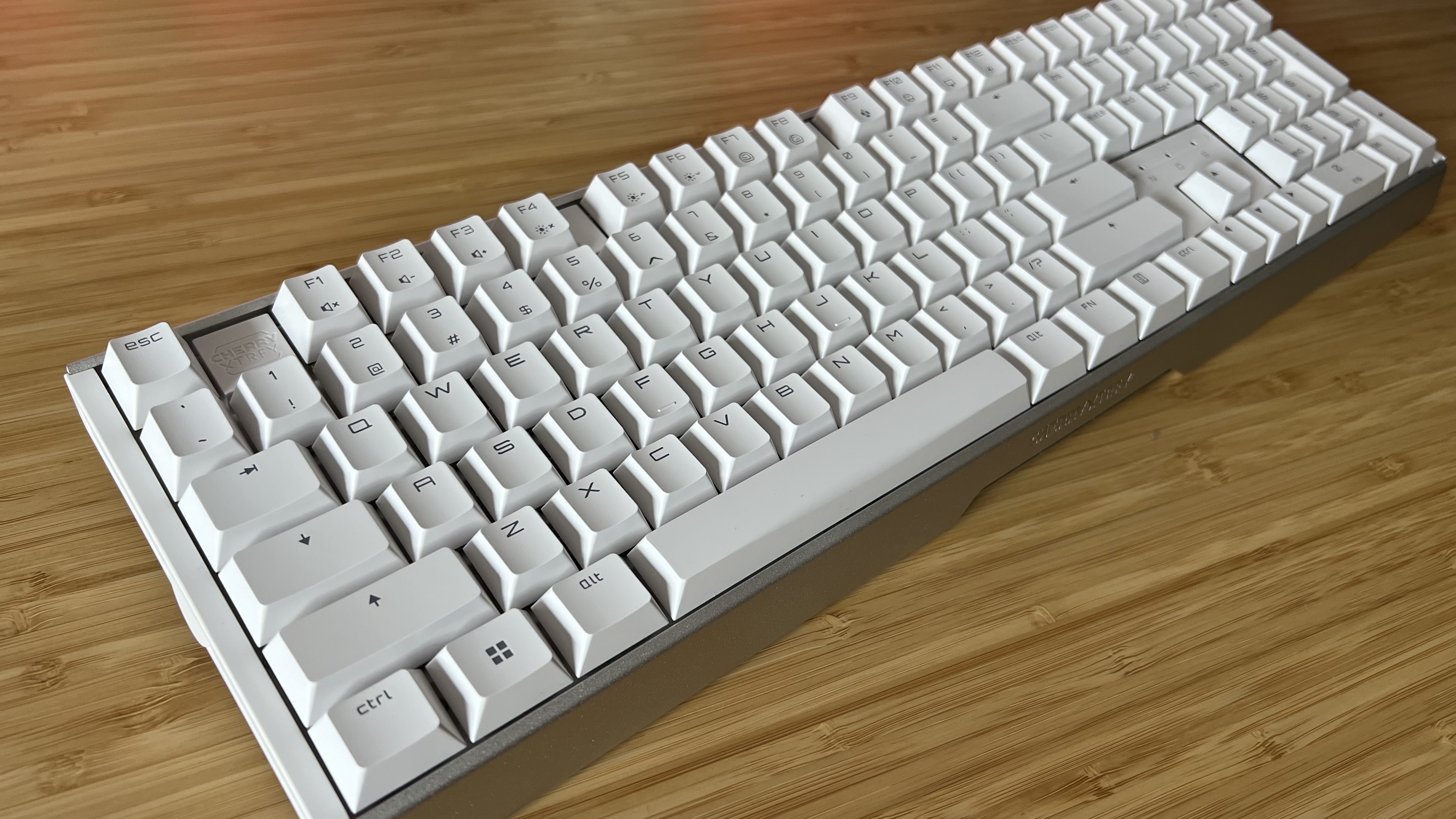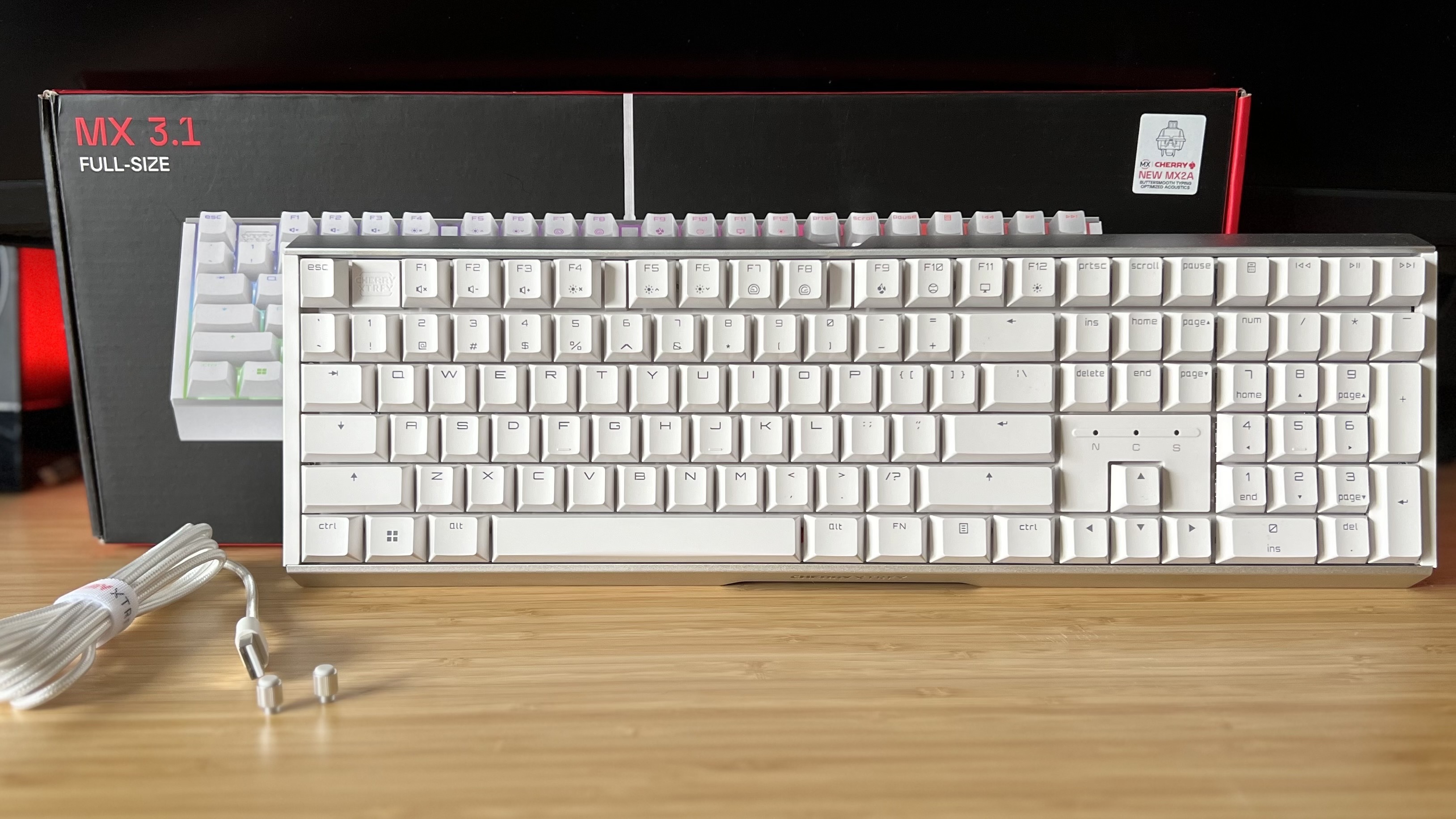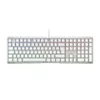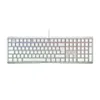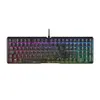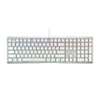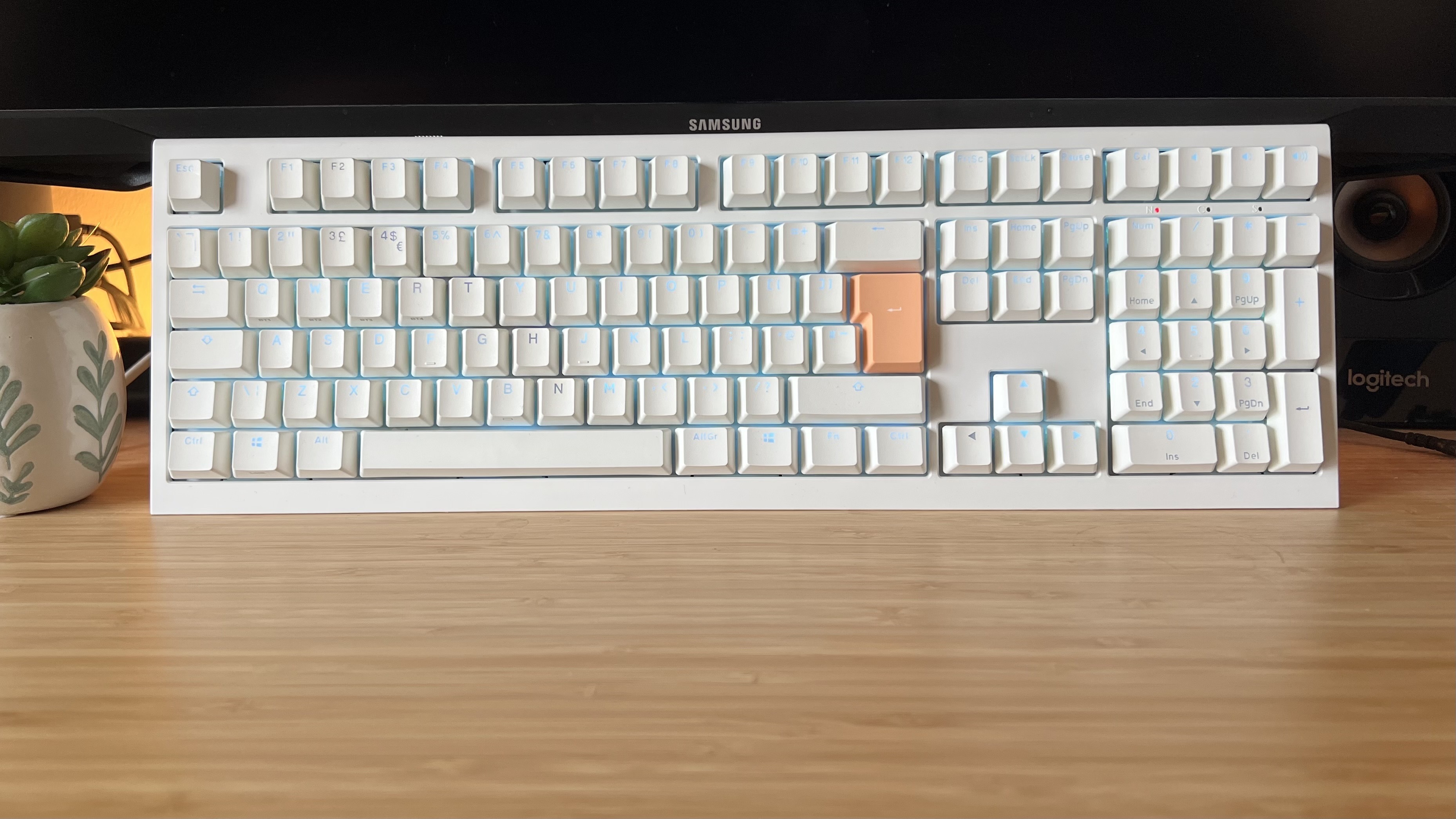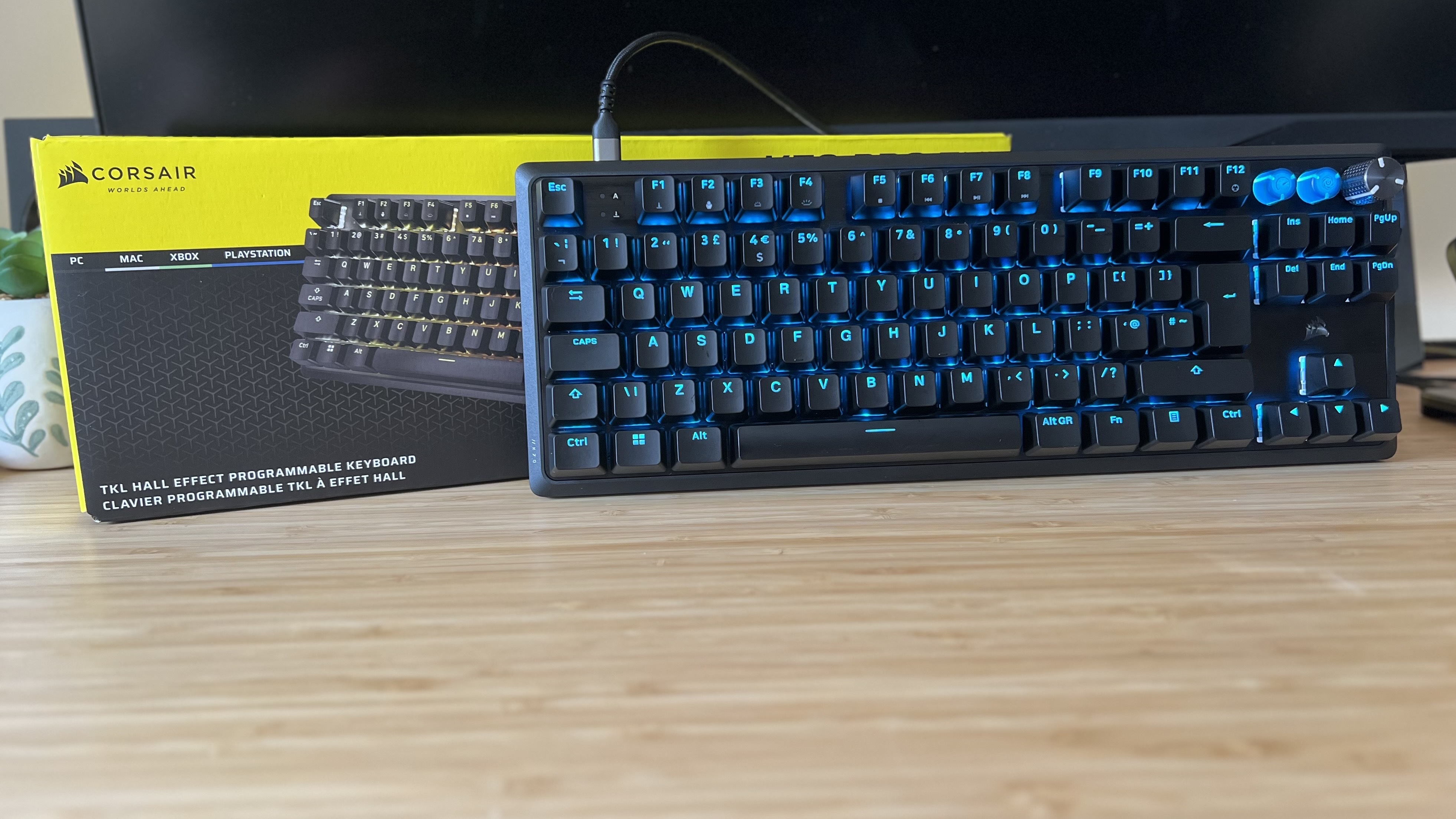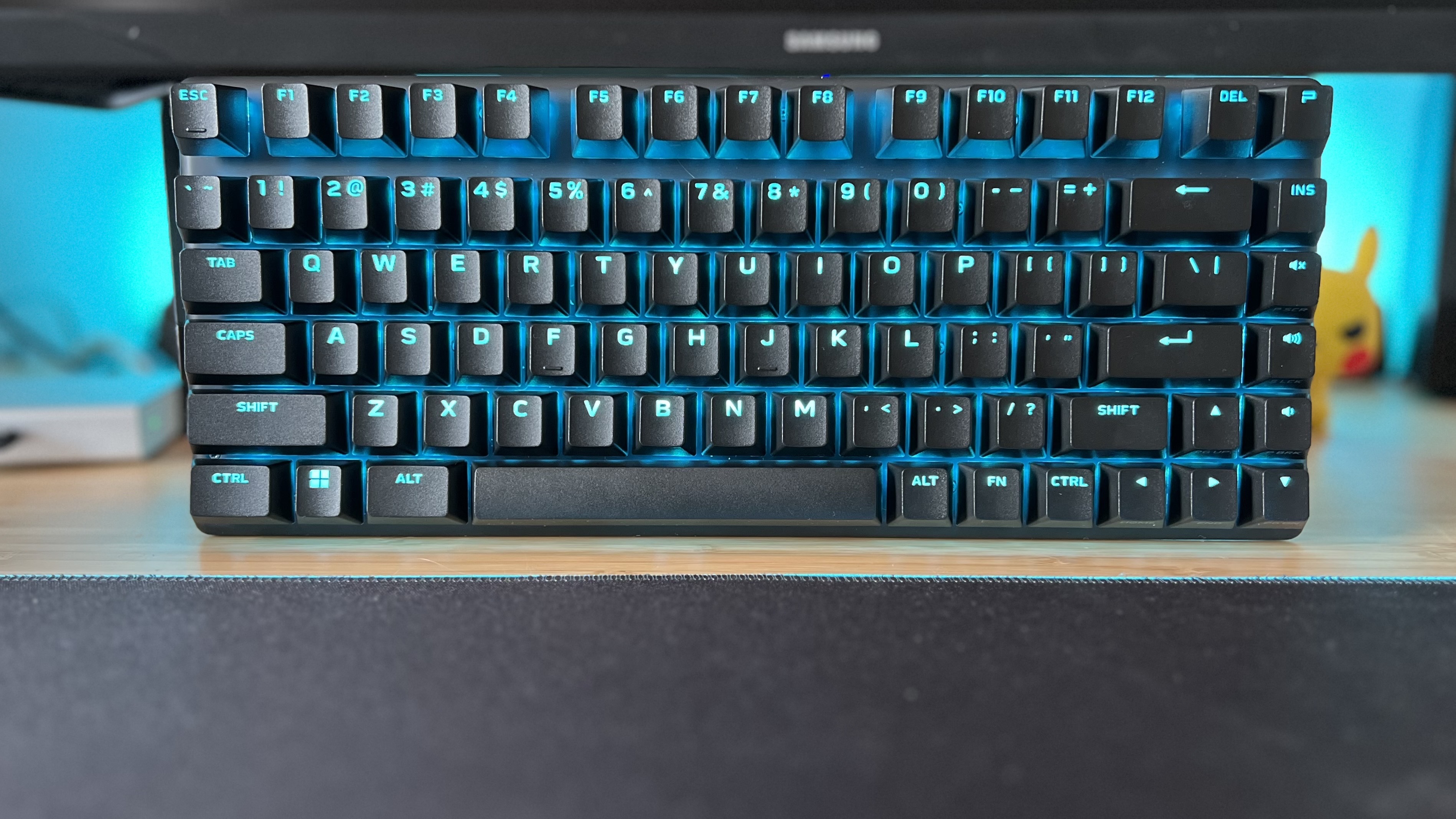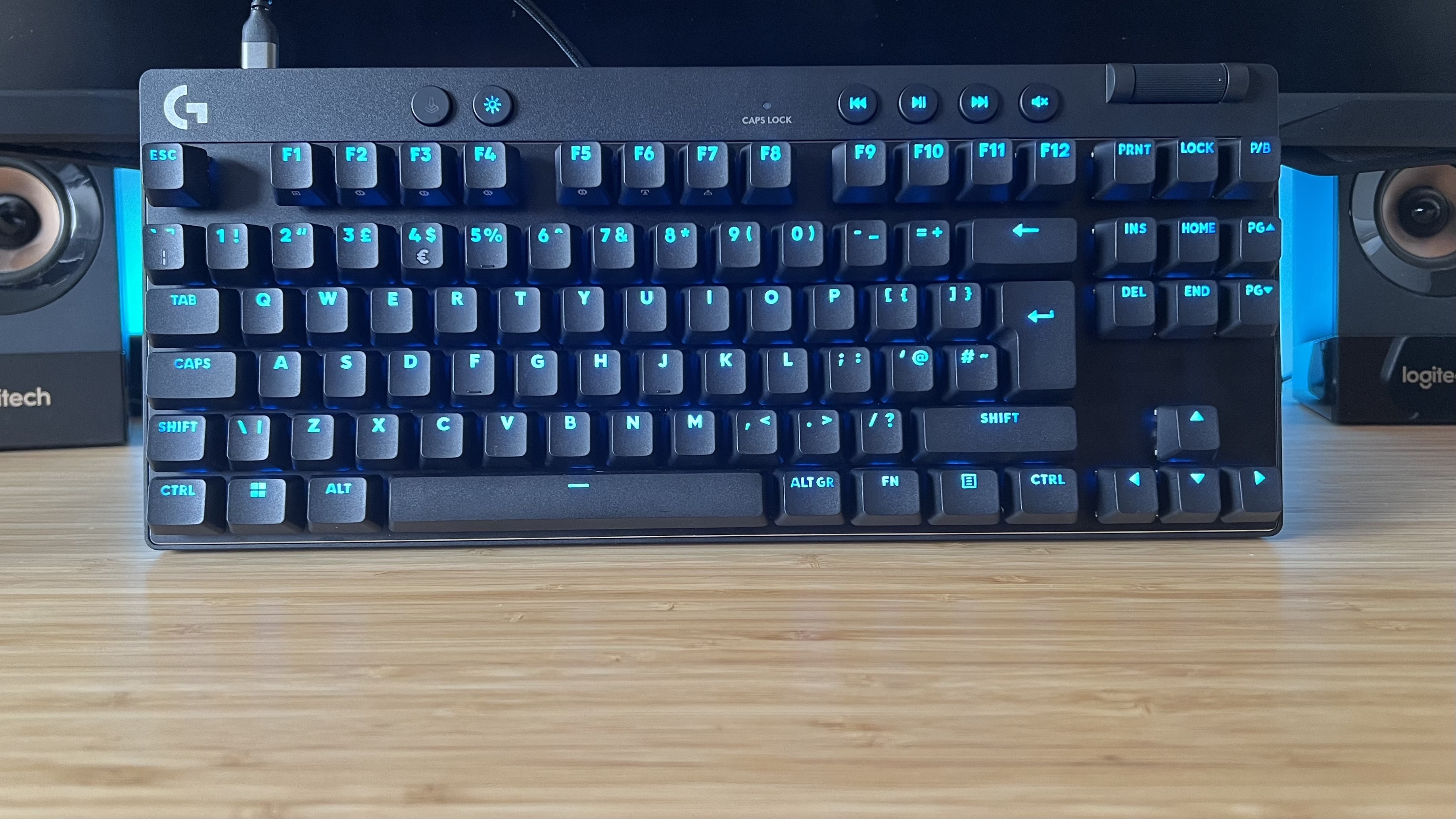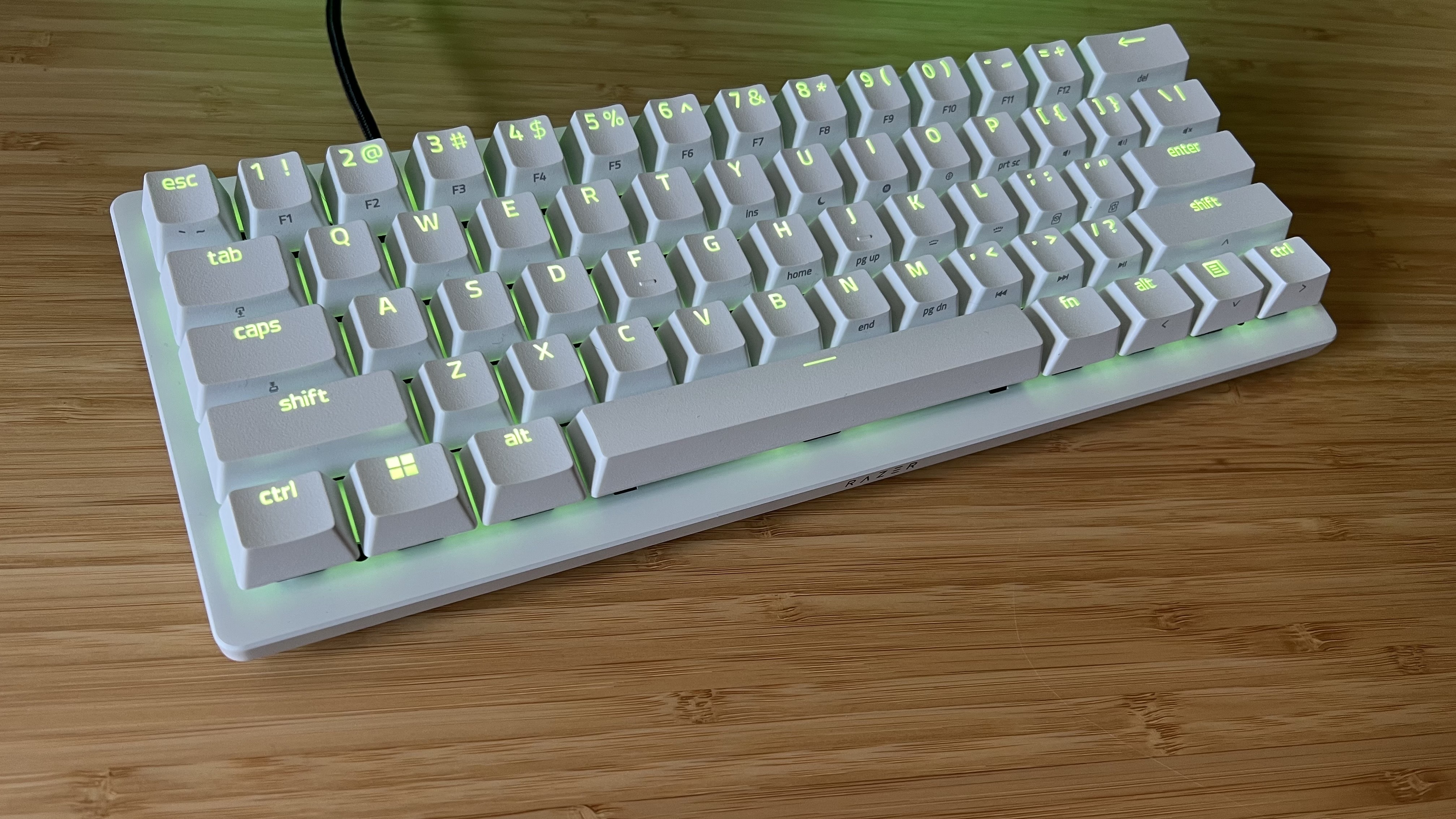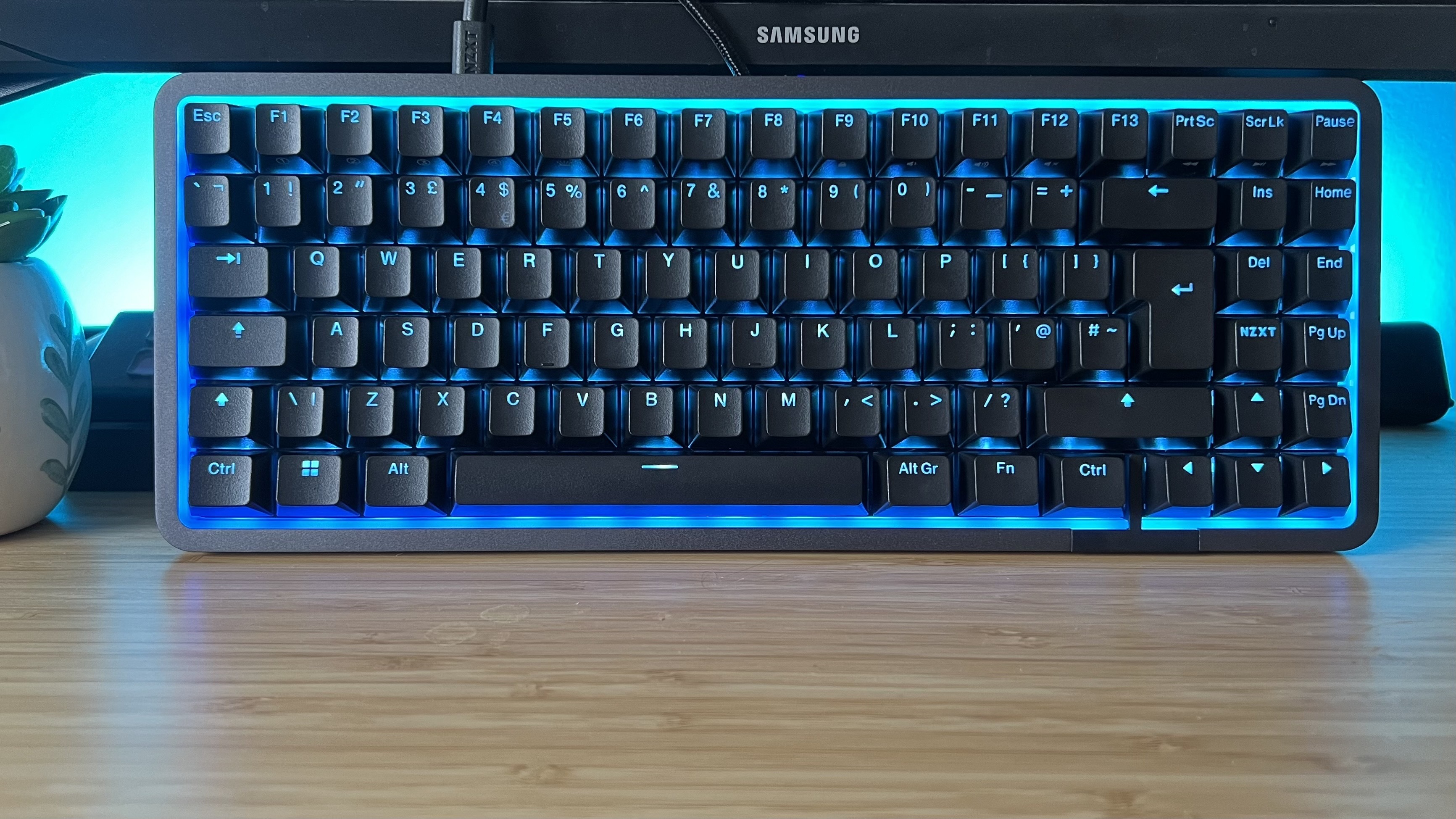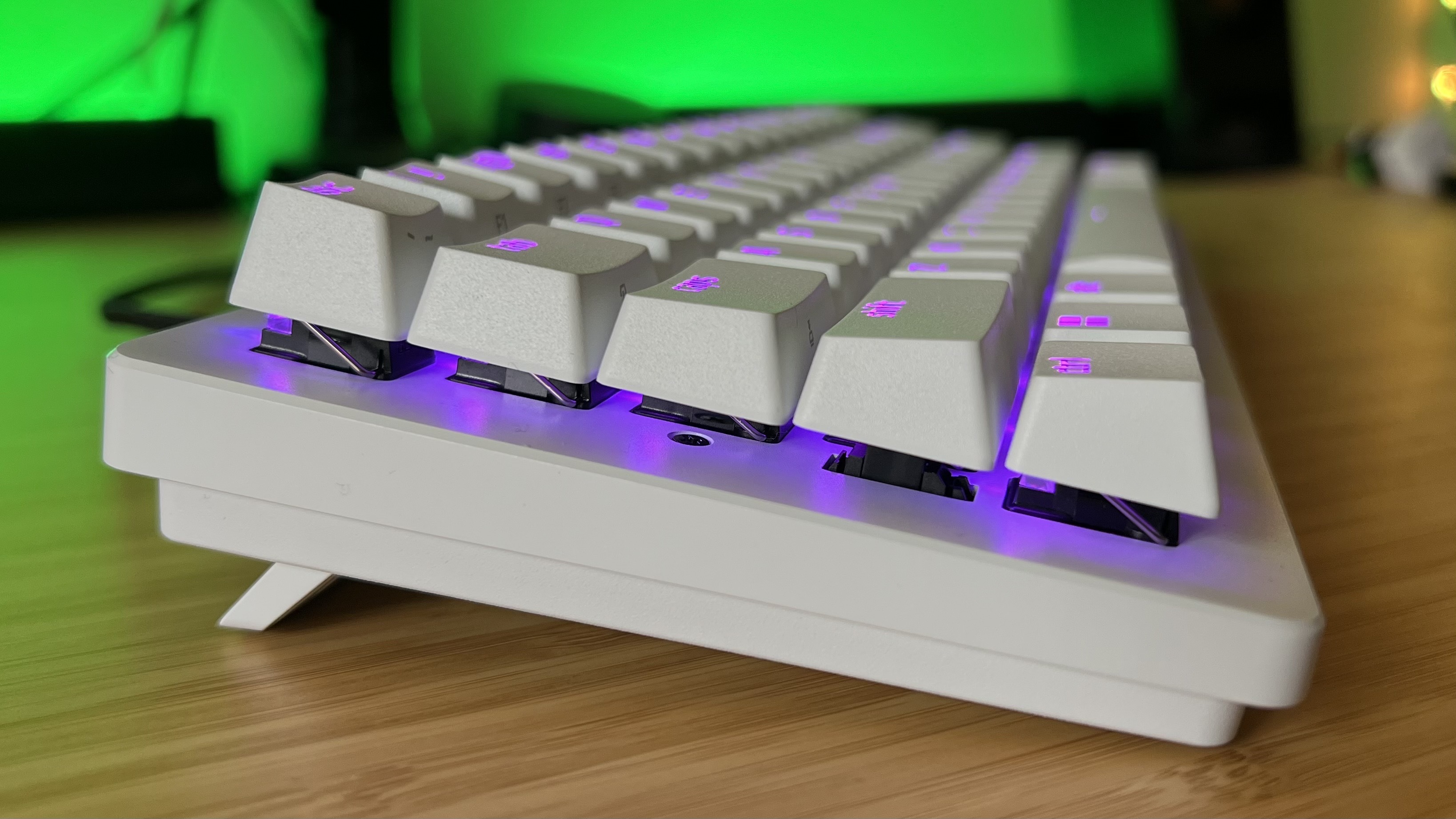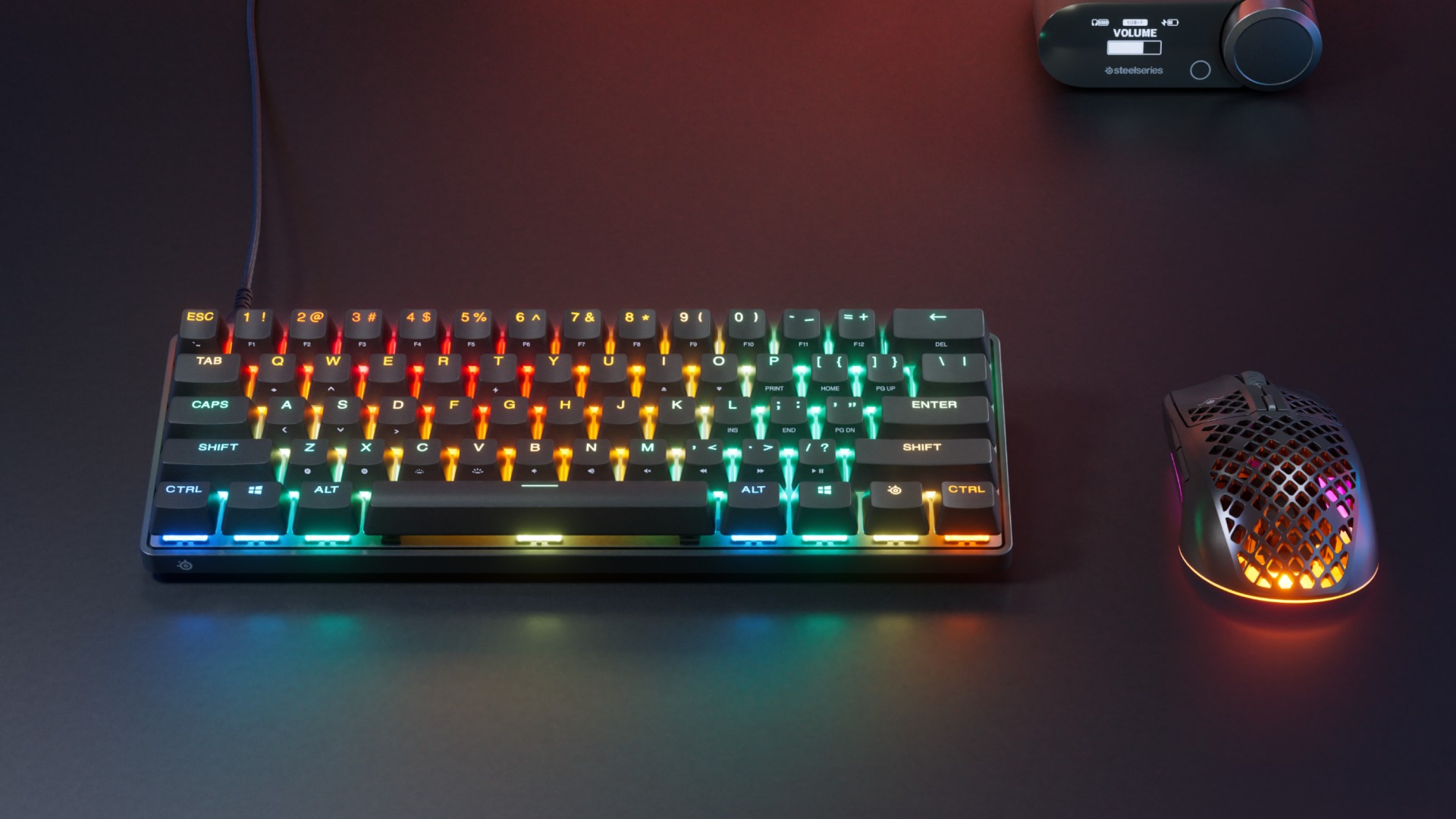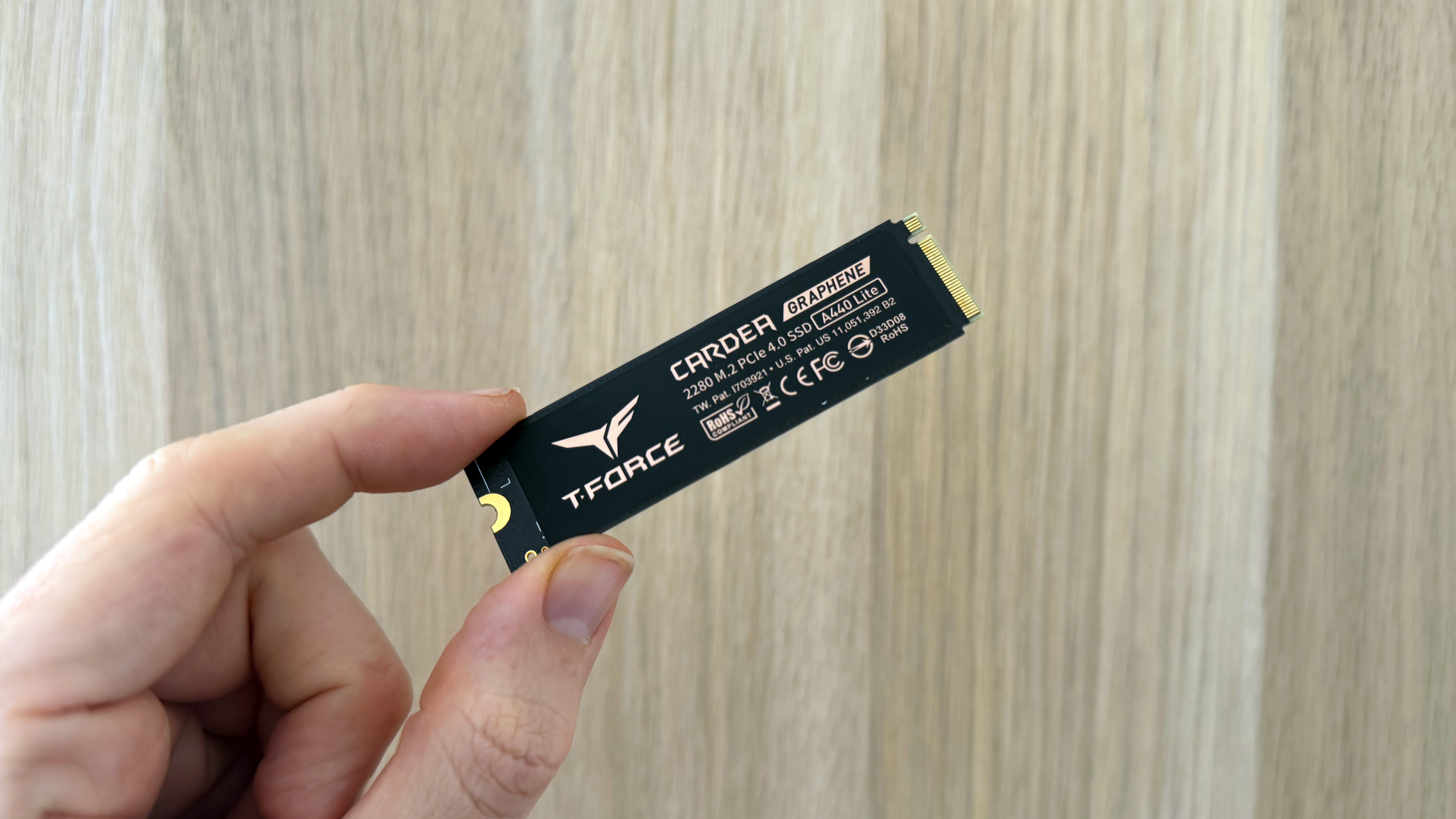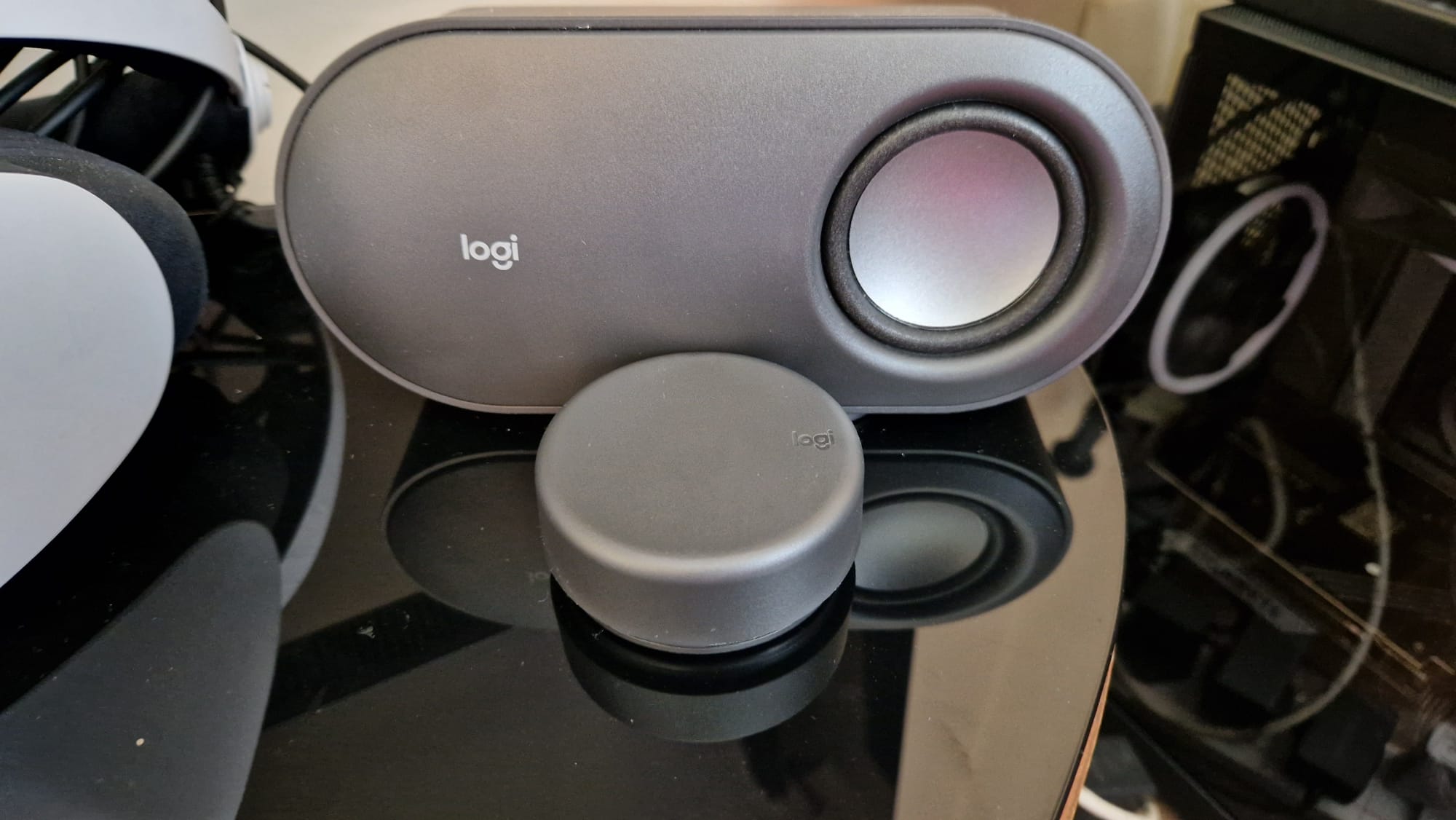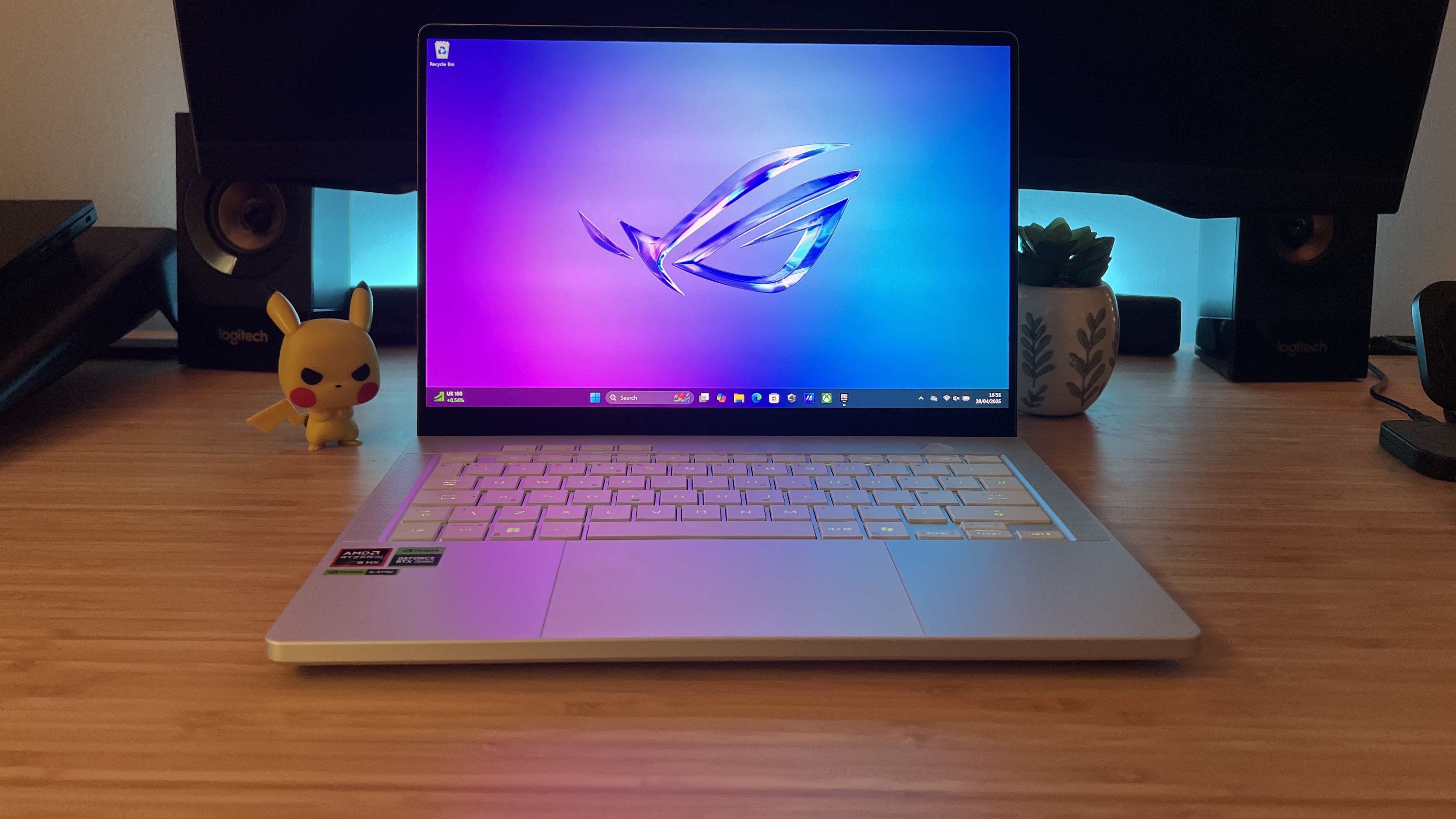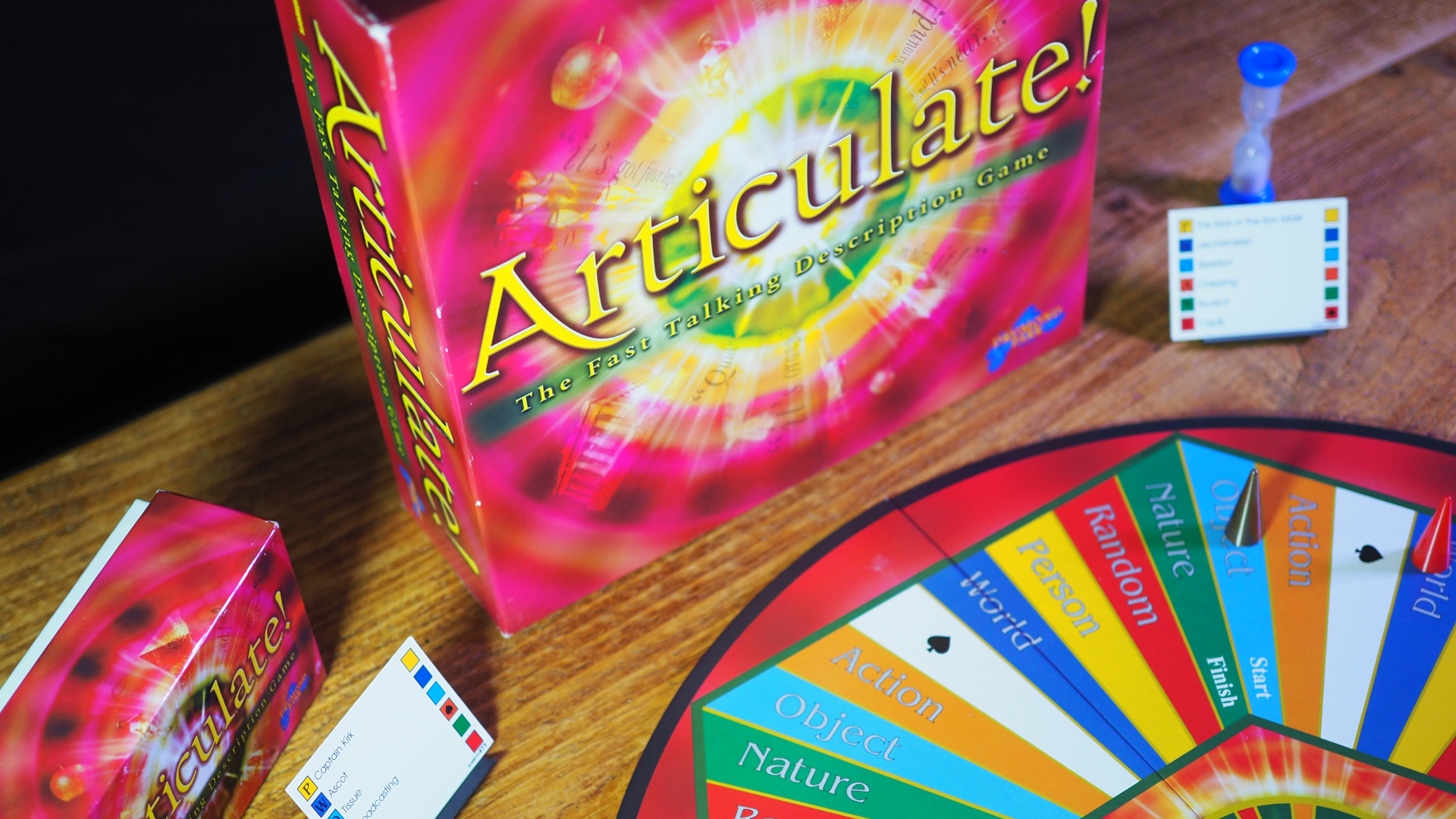The all-white top plate and keycaps are instantly recognizable from previous releases like theCherry MX 8.2andCherry XTRFY K5V2of yore.
There’s an oddity to this design, though, that helps the Cherry MX 3.1 stand out.
A hollowed-out channel runs along the top and bottom of the deck via this metal plating.
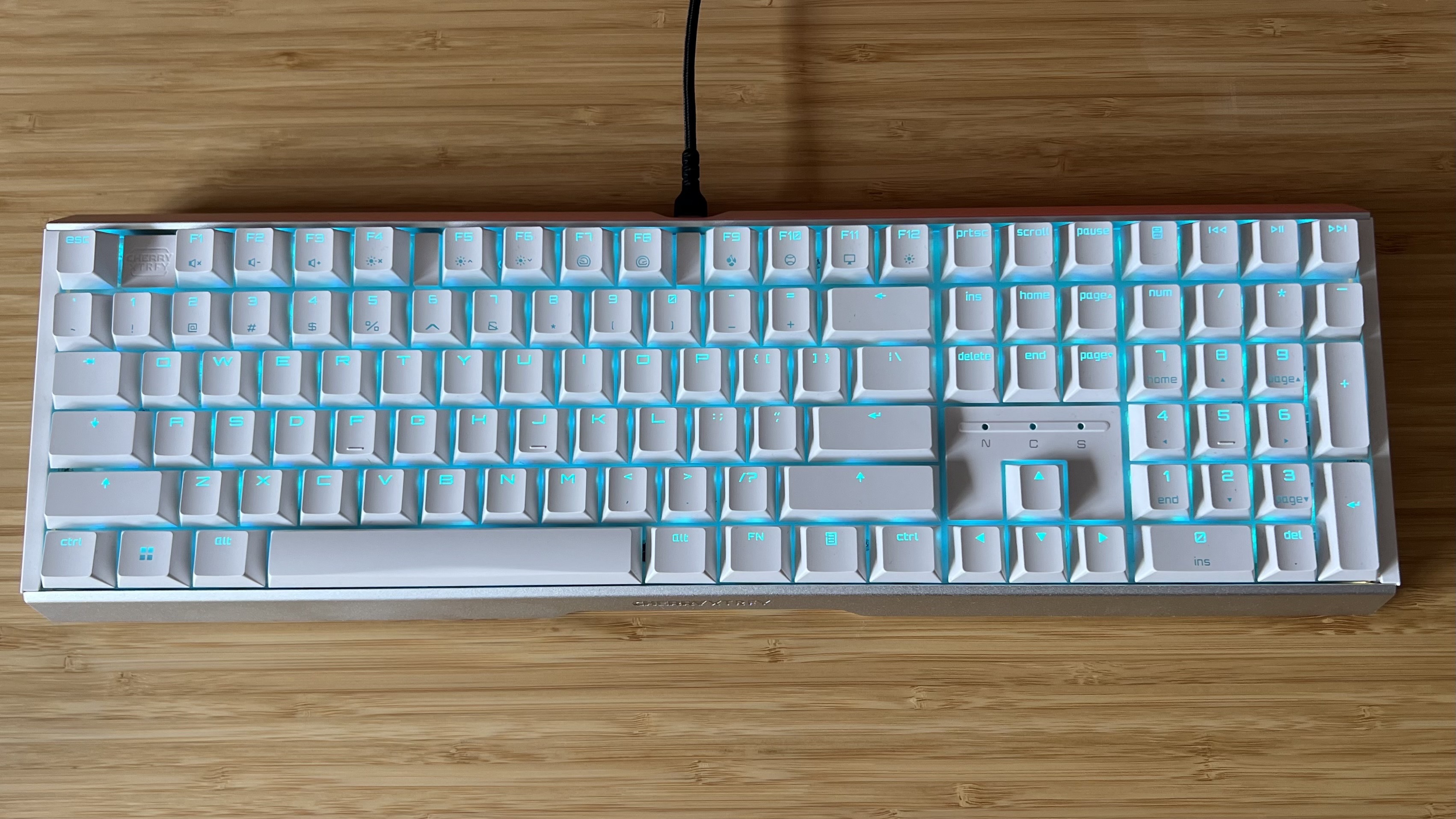
At first I thought this was a cable management runner, but it looks like it’s purely aesthetic.
Build quality
All of that makes for an interesting split between angular looks and soft feel.
However, the ABS keycaps, and switches overall, feel particularly smooth under the fingertips.

The aluminum chassis keeps everything sturdy on the desk.
There’s also a particularly satisfying amount of sound dampening going on inside the chassis.
They’re installed by plucking the existing covers out of the keyboard and simply twirling the taller feet in.

That does leave you with two extra parts, small enough to lose pretty much instantly.
I’m not a fan of this method.
There’s also only one height option, whereas most models offer two.
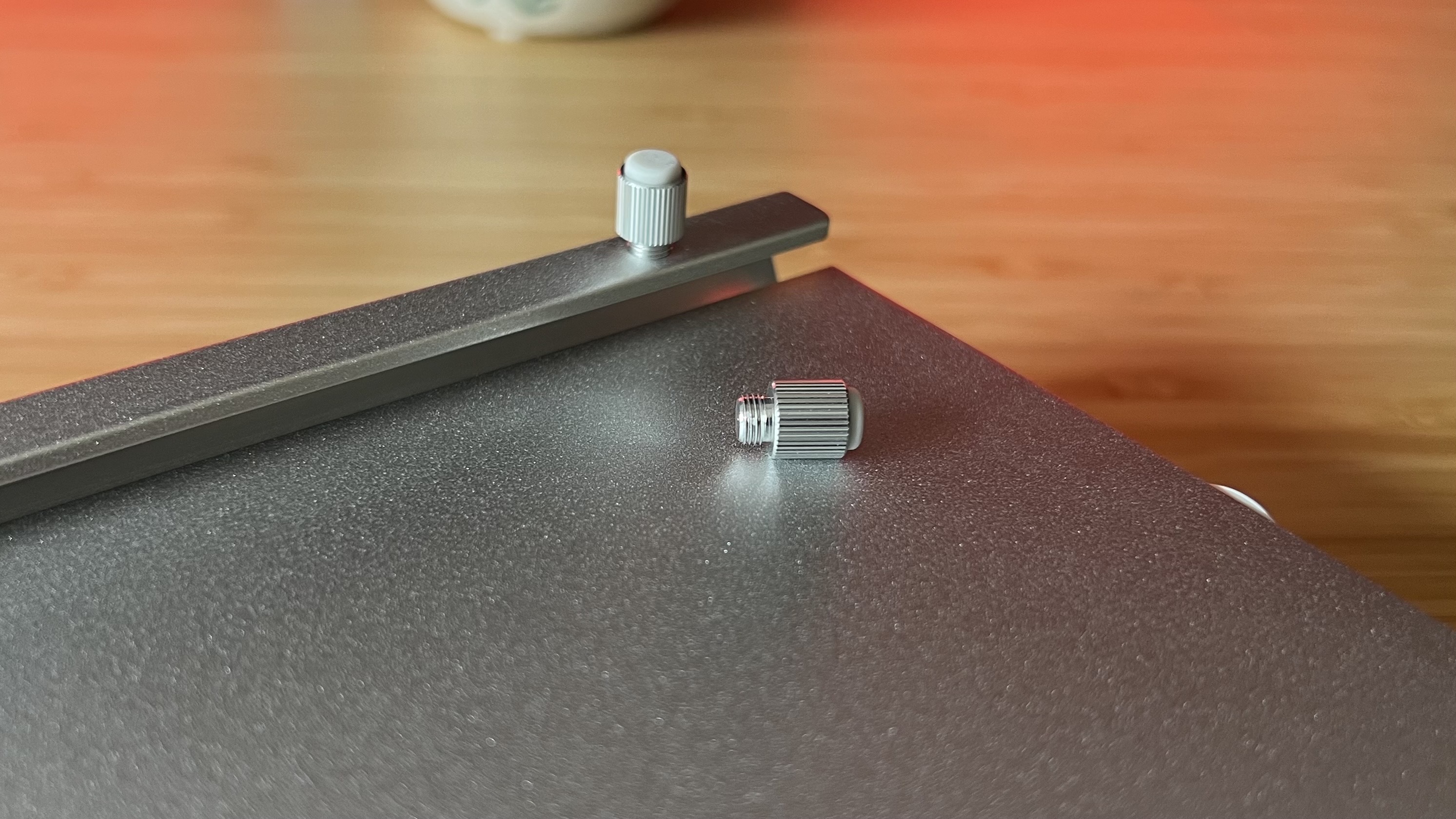
That’s what Cherry’s said at least.
Everything is saved across a series of profiles, listed on the left.
Per-key effects are also available.
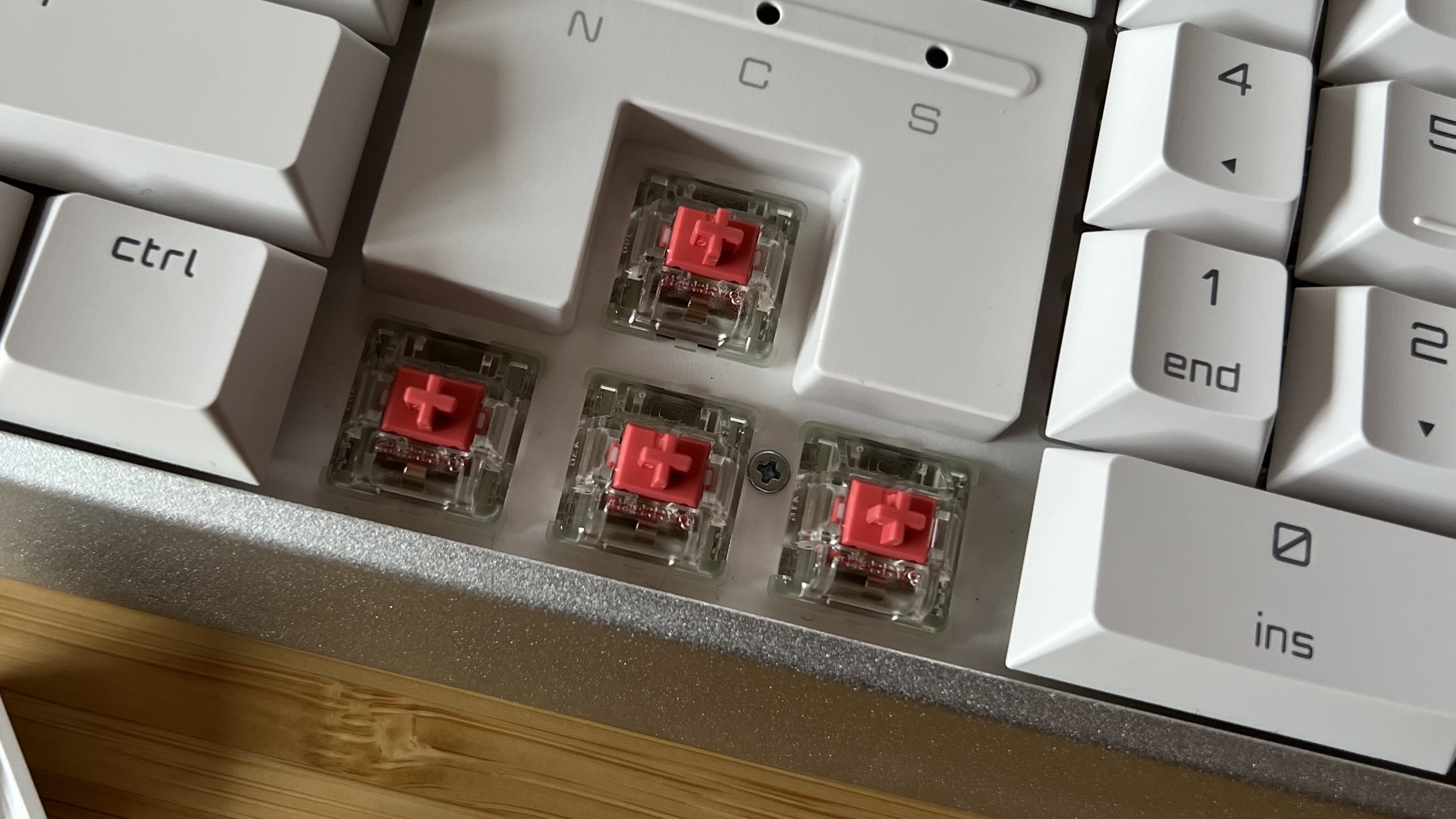
It’s a simple plug and play deck, with a 1,000Hz polling rate and a braided cable supplied.
Typing
This is a particularly comfortable typing experience, but not the most satisfying.
That’s slightly towards the lower end of my usual scores, with precision taking the larger hit.
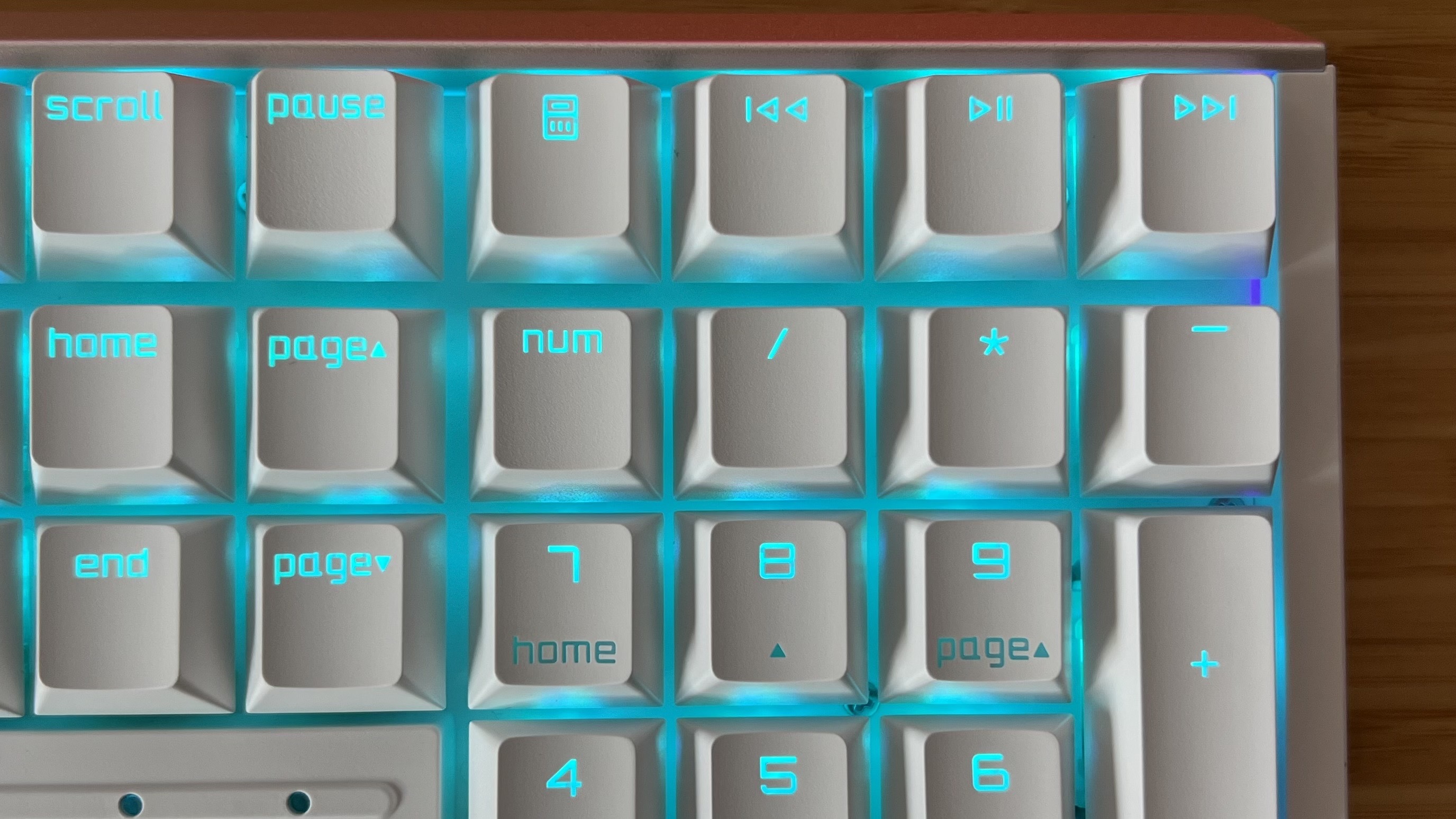
This feels more like a cozy setup item than a companion to enhance your gameplay experience.
Should you buy the Cherry MX 3.1?
That said, Cherry is occupying a particularly lucrative price point here.
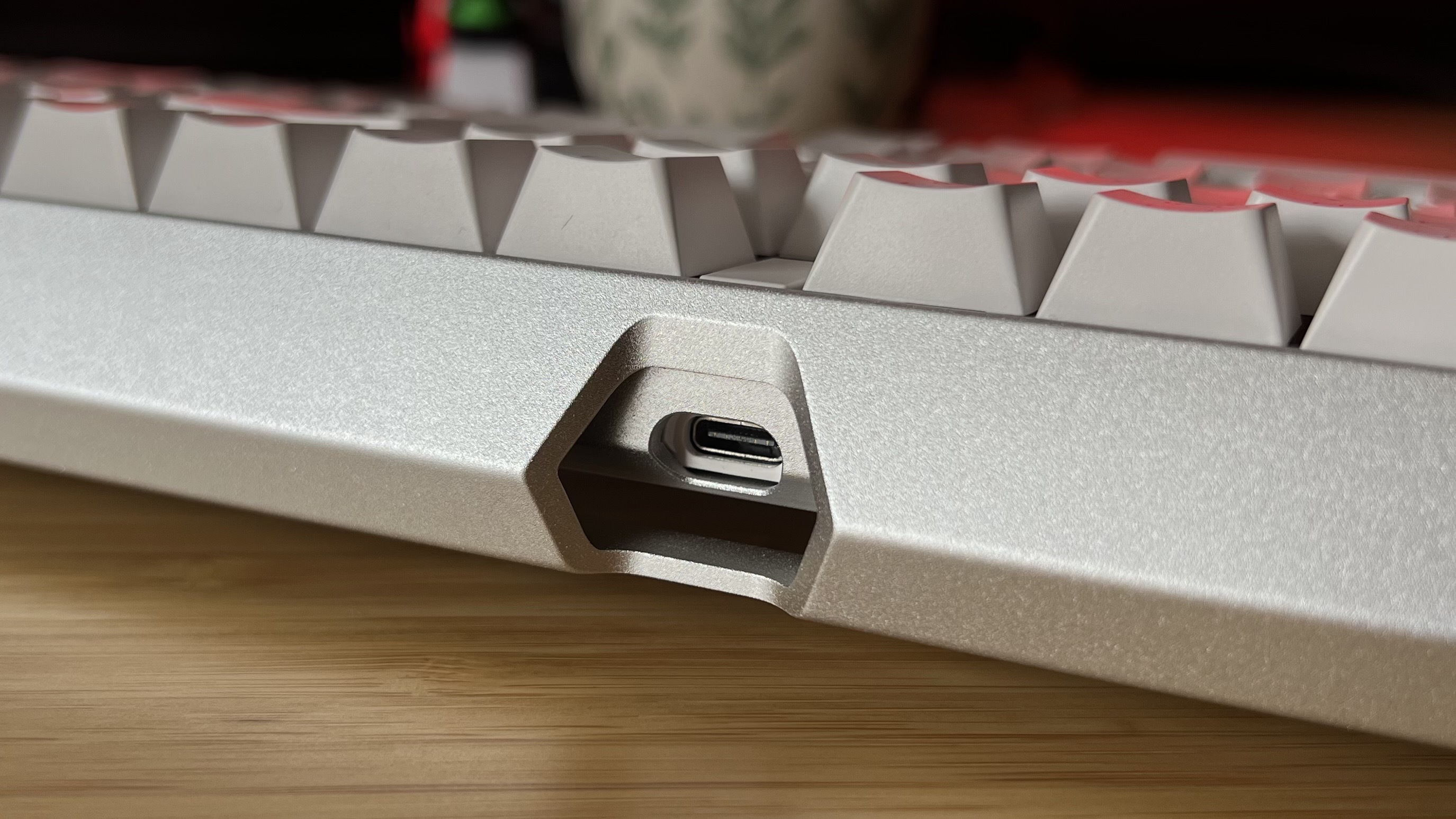
I also performed three typing tests, taking the average of all three as my final score for comparison.
For more information onhow we test gaming keyboards, check out the fullGamesRadar+ Hardware Policy.
I’m also rounding up thebest membrane keyboardsfor cheaper alternatives as well.
